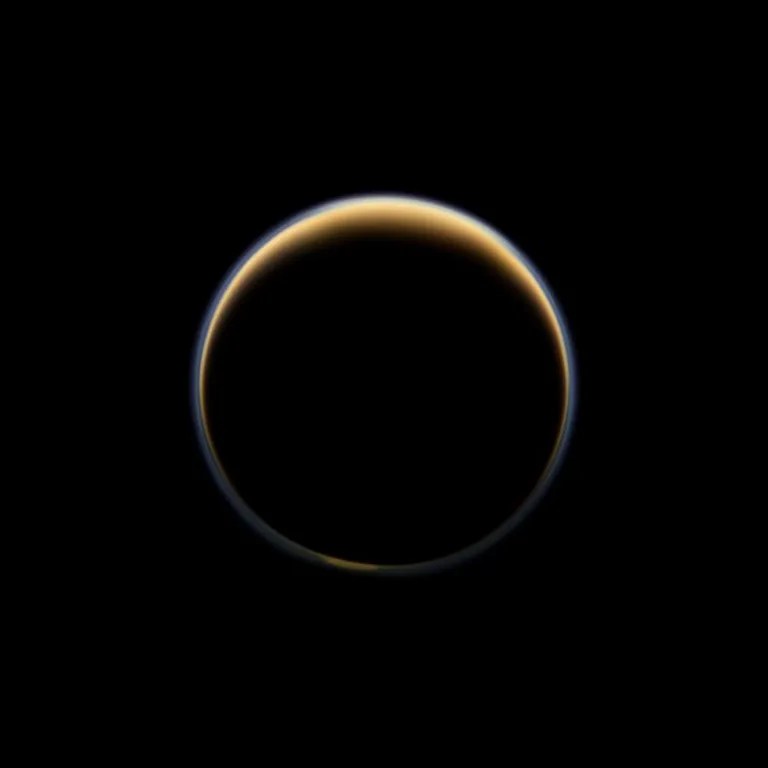2 min read

This close Titan flyby, called T-86, was critical to the ion and neutral mass spectrometer (INMS) instrument monitoring the effect of solar input on Titan’s atmosphere. The flyby was a day-side pass through the mid and high northern latitudes. It occurred Sept. 26, 2012.
The T-86 flyby observations are part of a strategy that is intended to determine how Titan's atmosphere varies with latitude. INMS was prime inbound and outbound, so this was one of a handful of opportunities to profile the ionosphere from the outermost edge of Titan's atmosphere (the exobase), through closest approach and back out through the egress exobase crossing.
Radar rode along with INMS, searching for any changes on the southwestern part of the methane lake Ligeia Mare (seen on T-28). The imaging science subsystem (ISS) rode along with the composite infrared spectrometer (CIRS) and ultraviolet imaging spectrograph (UVIS) to image Titan's surface and atmosphere. The outbound leg provided coverage of Adiri and the region where extensive surface changes were observed in the fall of 2010. ISS also monitored Titan to track clouds and the evolution thereof for an extra day after the encounter.
Date
Sept. 26, 2012
Altitude
594 miles (956 km)
Speed
13,000 mph (5.9 km/sec)







